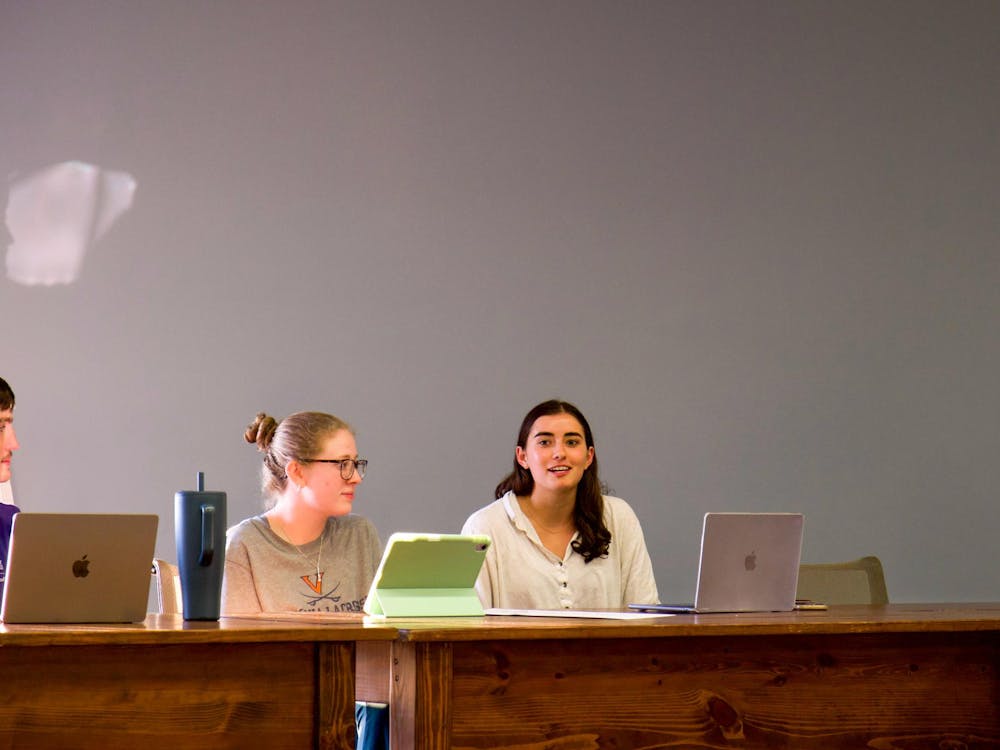Students tend to overestimate their peers’ consumption of alcohol and are less likely to drink excessively or participate in risky, alcohol-fueled behavior if they are made aware of certain social norms, according to a recently released six-year study conducted at the University.
Dr. James Turner, executive director of Student Health; Jennifer Bauerle, director of the National Social Norms Institute at the University; and H. Wesley Perkins, professor of sociology at Hobart and William Smith Colleges published the study in the Journal of American College Health.
The “social norms approach premise is that perceptions are very important in motivating human behavior, and those perceptions can be real or false, and research has repeatedly shown that in the context of college drinking,” Turner said. “College students tend to overestimate the quantity and frequency that their peers drink.”
Turner also said the study suggested that, in reality, many students actually have more moderate drinking behaviors than they perceive as the “norm”.
Perkins noted students want to behave in accordance with perceived norms.
“Students tend to think there are more students drinking than are actually the case,” Perkins said. “There may be students who are ambivalent but they get pulled into doing it because they think they’re like everybody else. We’re trying to find what the actual norms are.”
The study, according to Bauerle, collected data from random and anonymous student surveys between 2001 and 2006. These surveys asked students questions to determine the “norms” when it comes to individual student drinking behavior. Researchers also sought to discover what students believed the normal drinking behaviors of their peers are.
“From that survey information we get what the norms are at the University,” Bauerle said. “At the same time we also obtain what the perceptions are, meaning what students think their peers are doing versus what they’re actually doing.”
Perkins also said the University study found that, by informing students of the true, more moderate behaviors of their peers, students would be less likely to engage in high-risk, drinking behavior.
In 1999, University researchers launched a social norms marketing campaign to better inform students of these true drinking norms. The campaign includes putting information on posters around Grounds, creating “stall-seat journals” for University bathrooms and hosting informative on-Grounds events in an attempt to correctly inform the student body about the actual, more moderate, norms.
“People who had seen a campaign poster had a lower chance of experiencing negative consequence as a result of drinking.” Bauerle said. “Our ultimate conclusion that we talked about in study was that students who were exposed to [the] campaign had a lower risk of having a high [blood alcohol content]; they had a much lower risk of negative consequences.”
Bauerle noted that some of the possible negative alchohol-related consequences include missing a class because of drinking, having a hangover, forgetting something, getting into a fight, driving after drinking, having unprotected sex and going to the emergency room.
Perkins added that while social norms research is commonly thought of an alternative strategy, this latest study shows it may be effective in terms of understanding and helping control student drinking behavior.
“Traditionally, people just try to educate students on the effects of alcohol, and that has no result in reducing problems,” Perkins said, “That doesn’t change students’ behavior because they’re much too influenced by peers.”
Currently, the study’s researchers are seeking to put their findings to work. They said they have been working with other universities across the nation to use social norms research and marketing in an effort to scale back excessive drinking and alcohol-related injuries.






